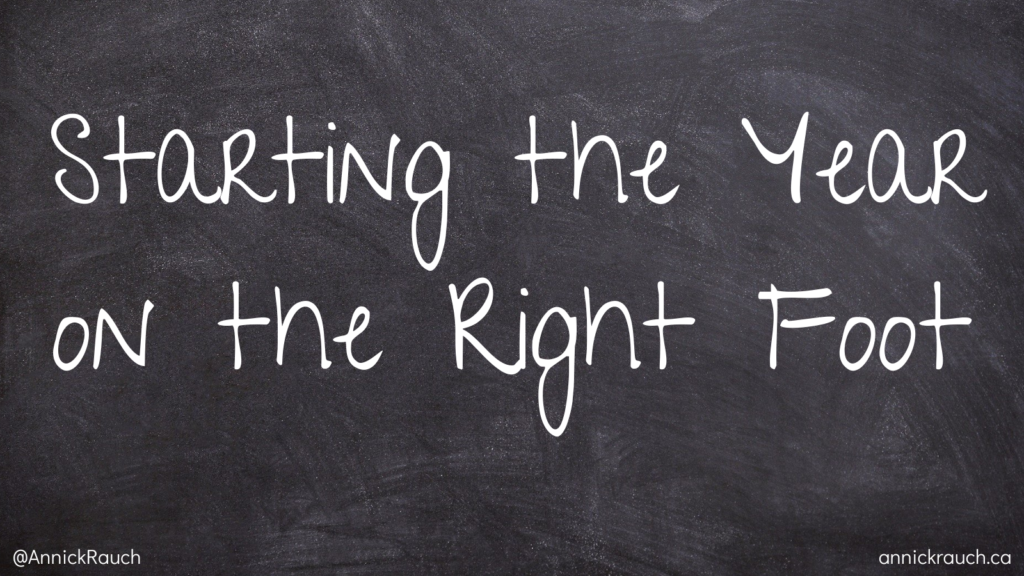Starting the Year on the Right Foot
All educators know how important it is to establish class culture and expectations or agreements at the very beginning of the school year. Relationships come first, always, but building on those to make sure everyone feels safe in the classroom is essential. We want students to develop 21st century skills; character, citizenship, communication, critical thinking and problem solving, collaboration, and creativity (Michael Fullan) but this cannot be done without psychological safety. Thankfully, I have amazing same grade colleagues who not only understand this, but value and embrace it. Here’s how we start off the year…
As first grade teachers, our expectations and classroom agreements always stem from the question “Why are we at school”? This rich discussion that we have within the first few days of school leads to students’ big goals, individual goals, and big ideas about school and its importance.
Why are we at school?
…to be smarter
…to have fun
…to count to 100
…to learn new things
…to read in French
…to speak French
…to share
…to help others
…to make new friends
…to play together
…to go on field trips
…to learn the alphabet
…to be nice and patient
…to learn to read
Once their responses are printed with a visual, we cut them out and use them to synthesize our answer. Very quickly, the students see that we are at school to learn and to be together. The students realize that in order to achieve all of their goals at school, we collectively but individually have to be two things: a learner and a good citizen. “When I learn, I am a learner. When I take care of myself, others, and my environment, I am a good citizen”. This becomes our mantra and our classroom expectations center around this concept all year. Next, students think of what it might look like to be a learner and a good citizen. We tell them that over the next week, we will all be on the lookout for these examples and we will celebrate them. “Catching students” being learners and good citizens becomes our focus until everyone has been celebrated and we have pictures of several examples.
Being a good citizen might look like organizing and cleaning the classroom, helping others, and playing and sharing with classmates. Being a learner might look like using French words we know, continuing to try even when we make mistakes, asking questions, trying our best, sharing ideas and listening to others’, and staying on task.
Finally, with the many examples and pictures of students in action, we create a classroom book which students then sign as our classroom agreement. Students love reading it and referring back to it throughout the year, and it makes a wonderful social story. It is special and empowering because they are the stars of this book! It is also an incredible tool to go back on when we need to revisit our why of the expectations and agreement.
How do you establish class culture and expectations or agreements? How do you begin to create psychological safety for all of your students? How do you make sure that you start off the year on the right foot?


Leave a Reply